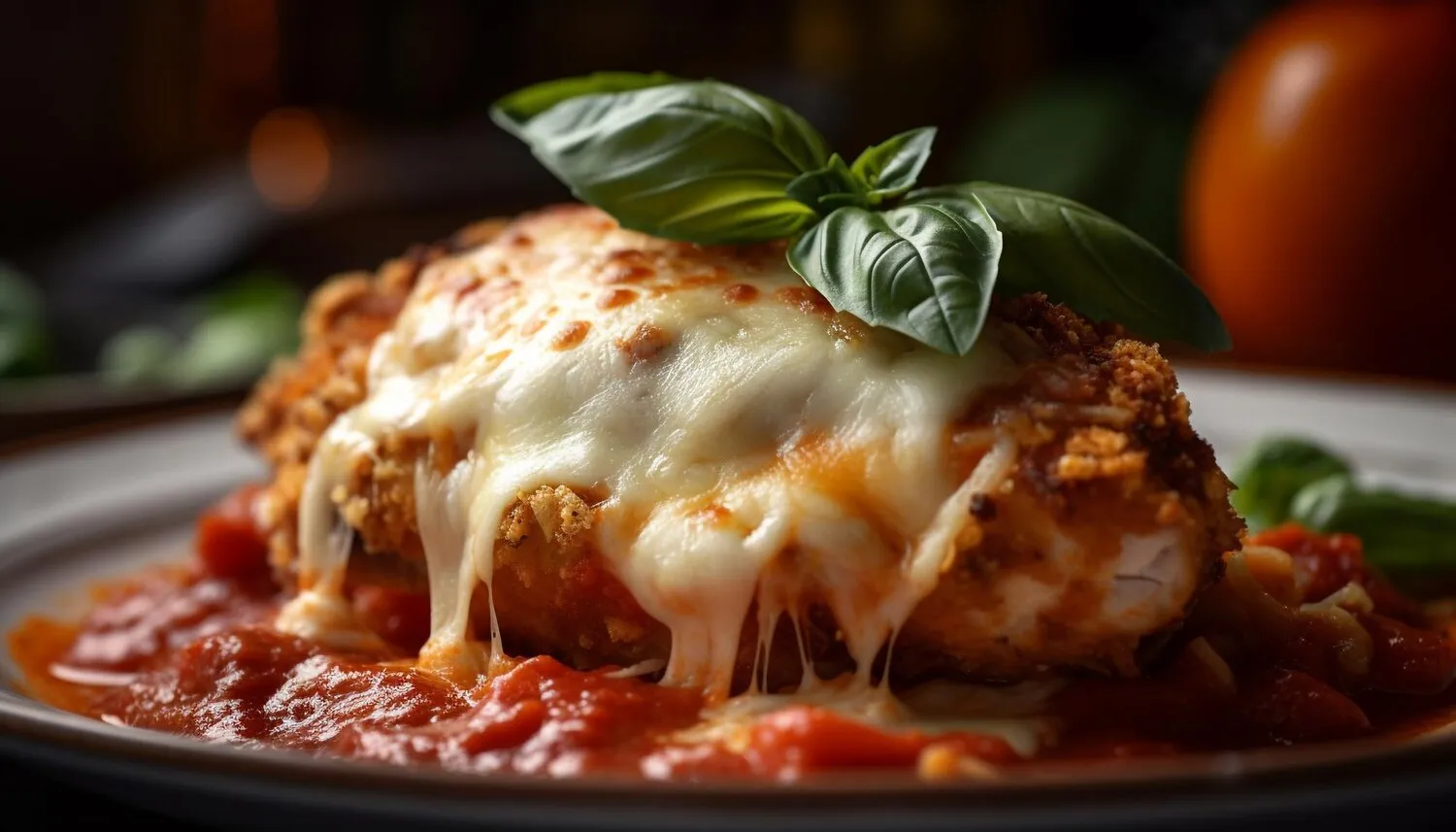
Tortellini in Brodo
Traditional Bolognese tortellini served in a rich, flavorful broth.
Nutrition Facts
* The % Daily Value (DV) tells you how much a nutrient in a serving of food contributes to a daily diet. 2,000 calories a day is used for general nutrition advice.
Tortellini's origins are debated, with Bologna and Modena both claiming its invention. Legend suggests it was inspired by Venus's navel, but documented recipes appear in the 16th century. Serving it in broth (in brodo) solidified its status as a refined dish, often associated with special occasions and noble families.
Tortellini in Brodo is deeply ingrained in Italian, particularly Emilian-Romagnan, culinary culture, representing family traditions and festive occasions.
Christmas and Easter Staple
It's a traditional dish served during Christmas and Easter meals in the Emilia-Romagna region. It symbolizes abundance and family gathering.
Family Recipe Traditions
Each family often has their own cherished recipe for both the tortellini filling and the broth, passed down through generations. These recipes are closely guarded secrets.
Regional Pride
Tortellini is a source of regional pride, with Bologna and Modena fiercely competing for the title of its true origin. It's considered a culinary symbol of the region.
Tortellini in Brodo offers a delicate balance of savory, rich, and comforting flavors.
The tortellini themselves are filled with a mixture of ground meat (usually pork loin, prosciutto, and Mortadella), Parmigiano-Reggiano cheese, eggs, and nutmeg, creating a rich and savory filling. The broth (brodo) is traditionally made from beef, chicken, or capon (castrated rooster), simmered for hours to develop a deep, umami-rich flavor. The nutmeg in the filling adds a subtle warmth, while the Parmigiano-Reggiano contributes a salty, nutty element. The broth provides a soothing and savory counterpoint to the richness of the pasta.
Broth Quality is Key
Use high-quality ingredients for the broth and simmer it for a long time (at least 3-4 hours) to extract maximum flavor. Skimming the broth regularly removes impurities and ensures clarity.
Master the Tortellini Shape
The traditional tortellini shape takes practice. Aim for small, neatly folded pasta parcels, ensuring they are properly sealed to prevent the filling from escaping during cooking.
Fresh Pasta is Best
Homemade fresh pasta will yield a much more delicate and flavorful tortellini compared to dried pasta. Use a good quality '00' flour for the pasta dough.
Don't Overcook the Tortellini
Tortellini cook very quickly in the broth. Cook until they float to the surface and are tender but still slightly firm ('al dente'). Overcooking will make them mushy.
Explore additional Classic dishes and restaurants
Explore ClassicDiscover top dining spots and culinary experiences in Bologna.
Explore BolognaLearn more about the food culture, restaurant scene, and culinary heritage of Italy.
Explore Italy